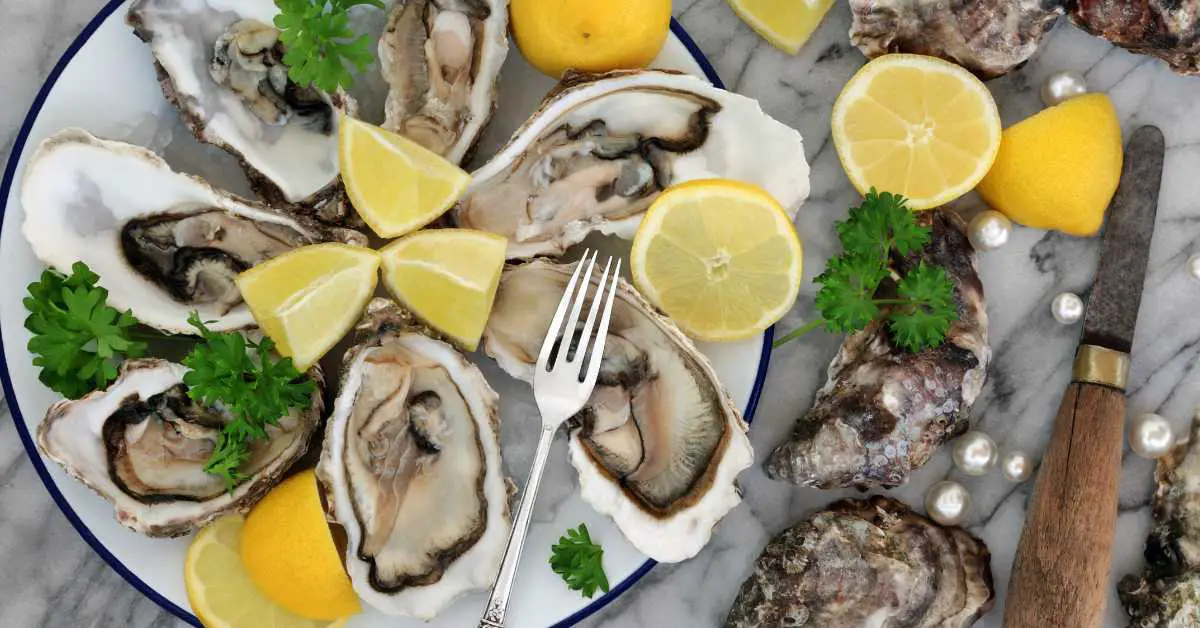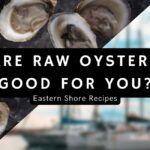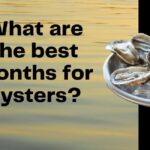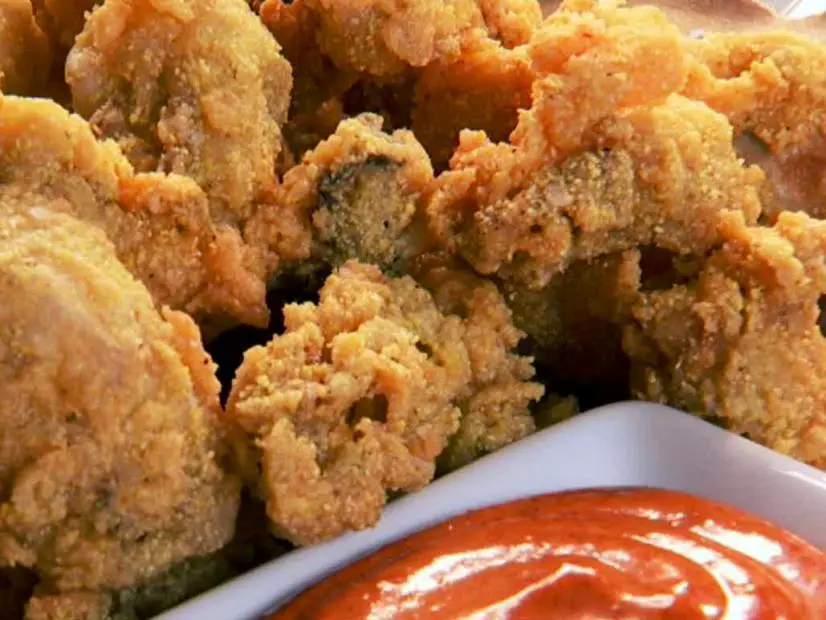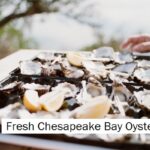Have you ever found yourself wondering, Why Do Chincoteague Oysters Taste So Salty? If you have, you’re not alone! Many people are curious about this delicious mystery.
Chincoteague Salt Oysters
Chincoteague Bay
The home of these unique oysters is Chincoteague Bay. This bay, right off the coast of Virginia, isn’t fed by any significant sources of fresh water. Instead, it’s tucked away, separated from the bustling Chesapeake Bay by a long peninsula.
Role of Salt
The Chincoteague Bay isn’t just any old bay, you see. Because it’s so close to the Atlantic Ocean and doesn’t have much freshwater input, the salt content is high. That’s what gives them their distinctive salty flavor.
Magic of the Atlantic
Another reason for the saltiness of these oysters is that they’re bathed in the full salt wallop of the Atlantic. That salt doesn’t just disappear once the tide goes out; it sticks around, adding extra saltiness to these special oysters.
Anatomy of an Oyster
An oyster is more than just its taste. It’s a combination of many factors that come together to create something truly unique.
Skinny and Elongated
Chincoteague oysters are typically skinny and elongated. This distinctive shape gives them a striking appearance on any oyster bar.
Exceptionally Clean
One more thing that sets Chincoteague oysters apart is that they’re exceptionally clean, especially for a mid-Atlantic oyster. You’d expect this from their home in the National Seashore setting.
Not Just Brine
While the first taste of a Chincoteague oyster is definitely salty, there’s more to them than just brine. Once you get past that initial saltiness, you’ll discover a depth of flavor that’s truly impressive.
Bay Oysters vs Sea Oysters
Oysters come in all sorts of flavors, depending on where they’re from. Sea oysters, like Blue Point oysters from the waters of Long Island Sound, have a different flavor profile than bay oysters.
Chincoteague oysters are a type of bay oyster, and they have a particularly strong flavor. They’re not just salty, but they also pack a punch with their robust and full-bodied taste. This is quite different from sea oysters, which tend to have a more delicate and less pronounced flavor.
What Makes Chincoteague Oyster So Tasty
When you think about what makes Chincoteague oysters so unique, consider the following:
- High salt content in the water
- Unique shape and appearance
- Exceptionally clean and fresh flavor
The Journey of Chincoteague Oysters
From Ocean to Table
The journey of Chincoteague oysters from the Atlantic waters to your plate is quite an adventure. For two weeks, these oysters soak up the salty water of Chincoteague Bay, adding to their distinctive flavor.
From Chincoteague to the World
After their time in the bay, Chincoteague oysters make their way to markets and oyster bars around the world, where people enjoy them for their unique taste.
What’s in a Name?
Remember the name “Chincoteague Salts”? That’s what many people look for when they want a truly salty oyster. Despite their sometimes skinny and elongated shape, they carry a reputation for quality that precedes them wherever they go.
The Salt Wallop
The “salt wallop” is what gives Chincoteague oysters their distinctive taste. This isn’t just any saltiness; it’s a wallop, a powerful burst of flavor that hits you as soon as you take a bite. This is what sets them apart from other oyster species and makes them a favorite at oyster bars from the east coast to the west coast.
The Gulf Connection
Here’s an interesting bit of trivia: Chincoteague was a popular spot for relaying Gulf oysters on their way to northern markets. This means that Gulf oysters would be brought to Chincoteague to soak up the salty water before being shipped off to places like New York and Boston. This helped to add even more saltiness and flavor to these already delicious oysters.
A Deeper Dive into Flavor
While saltiness is a big part of the taste of Chincoteague oysters, it’s not the only thing. If you dig a bit deeper, you’ll discover a complex flavor profile that includes notes of seaweed, butter, and even a touch of sweetness. This is why Chincoteague oysters are a favorite of chefs and food lovers alike.
The Chincoteague Experience
A Taste of the Sea
When you bite into a Chincoteague oyster, you’re not just tasting an oyster; you’re tasting the sea. The salty brine, the tang of seaweed, and the freshness of the ocean all come together in one delicious package.
Oysters and Environment
The environment in which oysters grow has a huge impact on their flavor. The waters of Chincoteague Bay, with their high salt content and pristine condition, contribute to the unique taste of these oysters.
Skinny But Mighty
Despite their skinny and elongated shape, Chincoteague oysters pack a lot of flavor. They might not be as plump as some other oysters, but they make up for it with their strong and distinctive taste.
Chincoteague vs. the World
Compared to other oysters, like those from Prince Edward Island or British Columbia, Chincoteague oysters have a flavor all their own. While oysters from these other places have their own unique qualities, none can match the intense saltiness of a Chincoteague.
Legacy of Chincoteague Oysters
Chincoteague oysters have a long history, and they’ve made their mark on the world of seafood. From the shores of Virginia to oyster bars across the country, they’ve earned their place as a sought-after delicacy.
The Best Way to Eat Them
Chincoteague oysters are a treat to be savored, and there’s an art to eating them to get the full flavor experience.
Fresh Is Best
Chincoteague oysters are best enjoyed fresh. Right after they’re harvested, they’re full of briny goodness. You’ll want to eat them as soon as possible to get the freshest flavor.
Keep It Simple
When it comes to toppings, less is more. You don’t want to mask the unique, salty flavor of the oysters. A squeeze of lemon or a drop of hot sauce can enhance their flavor without overpowering it.
The Right Temperature
Temperature is also key. They are typically served chilled on a bed of ice. This keeps them fresh and brings out their crisp, briny flavor.
The Slurp
To eat a Chincoteague oyster, you’ll want to detach the oyster from its shell using an oyster knife, then bring the shell to your lips and slurp the oyster and its juice into your mouth. Be sure to savor the flavor before swallowing.
Pairing
Pairing your oysters with the right drink can also enhance the experience. A crisp white wine or a cold beer can complement the salty taste of the oysters beautifully.
So next time you find yourself at an oyster bar or seafood market, don’t be shy about ordering some Chincoteague oysters. Now that you know why they’re so salty and the best way to eat them, you’re in for a treat. Enjoy the unique taste that these special oysters have to offer!
➡️Be sure to check out our Single Fried Oysters Recipe!
Where to Buy Chincoteague Oysters
If you are eating at a restaurant on Chincoteague Island, many will offer the famous Chincoteague Salts. One of the best places I have found is Steamers on Maddox Blvd.
If you’re looking for a great seafood market to purchase oysters by the pint or in the shell, Susan’s Seafood in nearby New Church, VA is hard to beat.
Summary
So, now you know Why Do Chincoteague Oysters Taste so Salty? It’s all about the water they grow in, the journey they take, and the unique characteristics that set them apart. Whether you’re a fan of oysters or just a curious foodie, I hope you’ve enjoyed this deep dive into the salty mystery of Chincoteague oysters.

